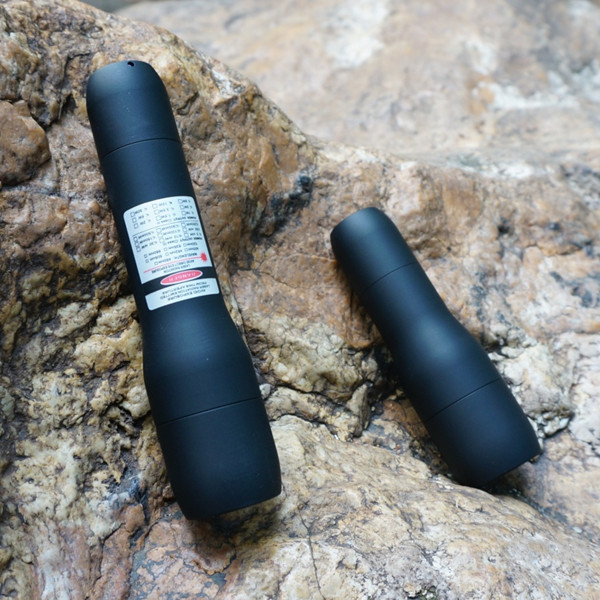Introduction to time-resolved fluorescence:
Time-resolved fluorescence refers to a kind of transient fluorescence spectrum, which is the fluorescence reflection measured at different delay times relative to the excitation light pulse after the excitation light pulse is cut off, and reflects the movement process of excited electrons (ie fluorescence dynamics). Different from steady-state fluorescence, transient fluorescence mainly uses pulsed light sources and fast detectors to obtain the relaxation time of the sample from the excited state to the steady state, which is the lifetime of the sample. But it is basically consistent with steady-state fluorescence in the optical path.
testing method:
At present, the pulse method is the most commonly used technique in the detection of time-resolved fluorescence, and the single photon counting method (TCSPC) is the most commonly used method. As shown in Figure 1, the principle is to use a synchronous signal source to drive the laser pointer, emit light pulses to illuminate the sample cell, and use a photon detection device (mostly PMT) to detect the fluorescent signal. Each photon counting signal will fall into one in the counter. In the corresponding time window, after hundreds of thousands of repetitions, the number of photons accumulated in different time channels is different. Thus, the distribution probability curve of the fluorescence emission photons on the time axis, that is, the fluorescence lifetime curve, is constructed.
Recommended pulse light source:
The single photon counting method (TCSPC) uses a statistical method to calculate the time difference between the first (and only) photon emitted by the sample and the excitation light. Due to the requirements for the signal at the time of light emission, TCSPC generally requires a light source with a high repetition rate as the excitation source, and its repetition must be at least above KHz, and most light sources will reach the MHz level. At the same time, under normal circumstances, it is necessary to control the quantity of the signal at the time of light emission, as far as possible to satisfy the effective fluorescence signal of only one photon generated by the sample within an excitation period, and to avoid the appearance of photon pairs.
In response to the application needs in this direction, Noppel green laser pointer launched its self-developed 532nm high-frequency mode-locked laser Rainbow 532 OEM. Its average output power is greater than 20mW, pulse width is less than 15ps, repetition frequency is up to MHz, and can be down-frequency processed according to user system needs , It truly realizes the requirements of ultra-short pulse and high repetition frequency, perfectly meeting the needs of TCSPC scientific research users. In addition, the product is developed with an all-fiber structure and a back-end frequency doubling module. Its optical path and circuit structure are highly integrated, compact and portable, which is convenient for users to achieve system miniaturization.

